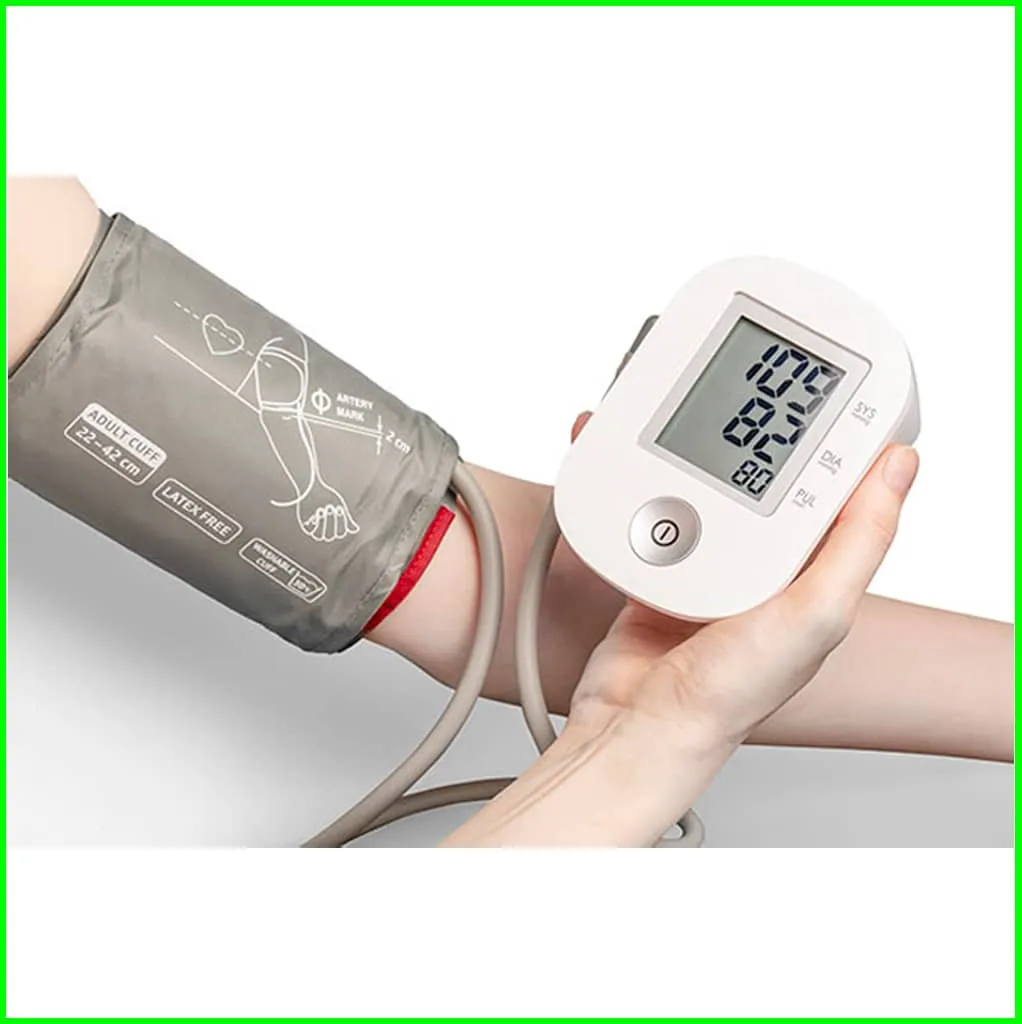


According to the World Health Organization, heart diseases such as coronary heart disease, cerebrovascular disease, and rheumatic heart disease cause 17.9 million deaths around the world every year with the great majority resulting from heart attacks and strokes. To underline the seriousness of this statistic, it is about a third of all recorded deaths.
Hypertension and its vascular consequences such as heart attack and stroke account for more deaths globally than any other common medical condition and the number of people with the condition continues to rise each year, putting an increased strain on resources devoted to health care. For example, an estimate of the total global number of adults with hypertension in 2000 was put at 972 million: 333 million in developed countries and 639 million in developing countries. The total was predicted to rise by 60% to 1.56 billion by 2025. That is the equivalent of nearly 20% of what the world’s population is estimated to reach in 2025 (8 billion).
According to the Centers for Disease Control, heart disease is also the leading cause of death in the US. The numbers are staggering with someone suffering a heart attack every 40 seconds and 1 person dying from cardiovascular disease every 34 seconds.
Hypertension is one of the main causes of heart disease and results from a combination of genetic and environmental factors with the latter thought to play a significant role in its development.
In terms of environmental factors, these concern such things as what we consume, how much exercise we do, whether we smoke, and how much alcohol we drink. Any and all of these affect our blood pressure, as well as our blood glucose levels, and can lead to overweight and obesity, which increases the risk of heart disease, including heart attack, stroke, and heart failure.
First, let us clear up any potential confusion about the terms hypertension and high blood pressure; there is no difference between the two and they mean the same thing. And we should note that hypertension is not itself a disease and, except in less usual cases of malignant hypertension and where a reading is around 180/120 mmHg, may involve no symptoms at all. It is essentially a disorder that has consequences resulting from a heightened risk of cardiovascular illnesses such as heart attacks and strokes, as well kidney damage that could lead to renal failure.
Untreated hypertension significantly raises the risk of heart disease. Yet, far too many people with hypertension either do not follow treatment or are unaware they are suffering from the disorder.
According to the Centers for Disease Control data from 2020 indicated that nearly half of adults in the United States have hypertension which was a primary or contributory cause for over 670,000 deaths.
We have all heard it before: cut the amount of salt we put on our food and do not overdo it with salty processed foods. But, we reply, salt is one of things that goes a long way to improve the taste of food and without it food is bland.
That last point may be true for many people. And it is not lost on processed food producers who ladle in salt and sugar in search of that “delicious” taste that silently persuades us to consume more.
Electronic blood pressure monitors are excellent devices for home use so you can be more aware of one of the most important aspects of your health; your heart. They measure systolic and diastolic pressures by recognizing the pulse’s up and downs using a transducer, as well as your pulse count. The top number is the systolic pressure, which is the pressure in your arteries as the heart beats. The number below is the diastolic pressure which is a measurement of the pressure in your arteries between each heart beat.
Of course, to get the best and most accurate readings you need to be aware of the following points about how the device should be used.
Using upper arm devices you need to:
The advantages of taking your own readings are that you can take various measurements at various times every day so you can get a clearer view of how your blood pressure changes according to your activity or state of mind.
The disadvantages relate more to your wrong use of the device or acquiring a cheap model prone to being inaccurate.